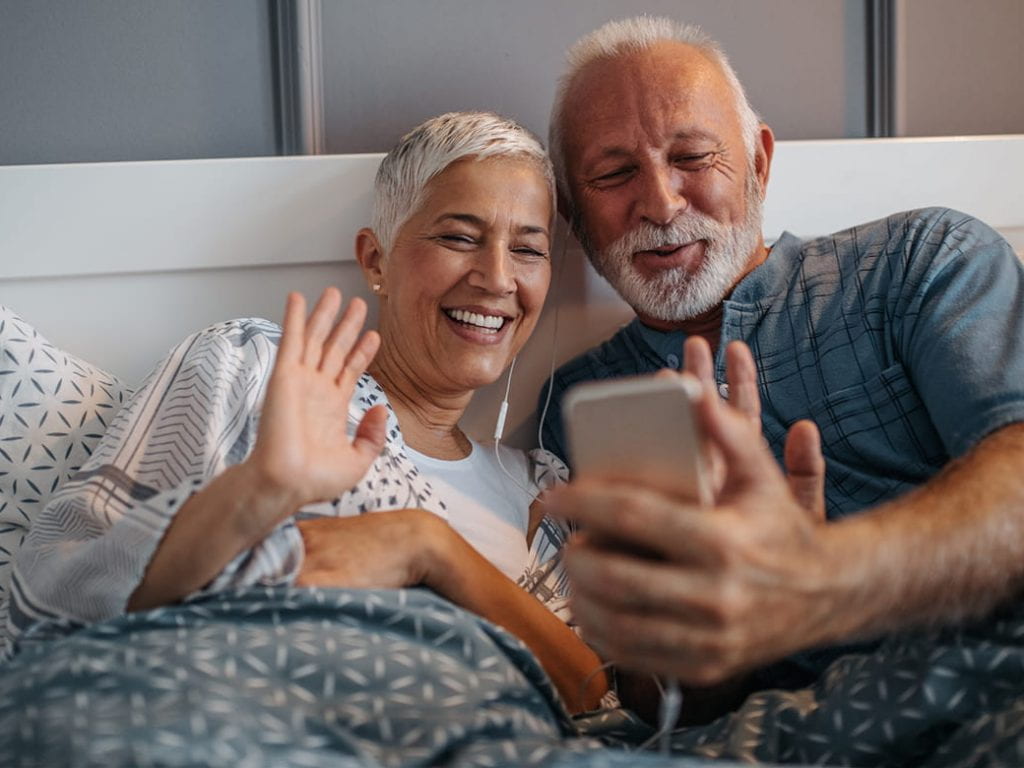By: Hamilton Sparks
The coronavirus has quickly spread throughout the world, causing panic, fear, and isolation nearly everywhere imaginable. In the time of COVID-19 and social distancing, it is easy to feel alone. Being off campus means being away from friends and typical social routines. You may even be back at home in close quarters with family adjusting to the dynamics of living together post-high school. For some, these new strange new times may result in intergenerational learning.
Already experts in texting and FaceTime, many college students know how to stay connected at a distance. Perhaps older generations have something to learn from the younger, more technically social, generations. Likewise, younger generations can learn from the older generations how to connect in times of trouble and come together within households, finding entertainment away from technology.
Often blamed for being “addicted to technology” or “over-connected,” Millennials down through iGen may finally be praised for their technical understanding. Grandparents everywhere are staying inside and learning to FaceTime their grandchildren regularly to stay in touch. Classes are being hosted through Zoom and less-technical professors are learning to adapt to the digital world. Bloggers are sharing their tips on how to stay productive in this weird-feeling time, and TikTok is blowing up with coronavirus jokes to lighten the overall mood of this pandemic. With people of all ages staying home and socially distant, technology is a solution most people are thankful for, even if they haven’t always supported quick technological changes.
On the other end of the spectrum, however, younger generations may be exposed to more “old fashion fun” during this time. My family has been filling our days with walks, workouts, and card games. We are sitting down to family dinner every night and helping around the house. While technology keeps us connected to family and friends who are staying in their own homes, we have enjoyed less technology in many ways.
The exposure to non-technical activities will likely show positive effects on younger generations when this period of social distancing concludes. The need for technology to stay connected and avoid extreme isolation will allow older generations to understand the positive capabilities of technology and perhaps feel more accepting of youth’s digital communication styles.
Regardless of the outcome in terms of digital communication, an overall understanding and support of humanity has been shown around the world. People are staying home for the health and safety of others, neighbors are supporting each other with what supplies they can, and a global effort to end this pandemic as quickly has sprung into action. More FaceTiming or not, COVID-19 has undoubtedly revealed a hidden beauty in humanity.
